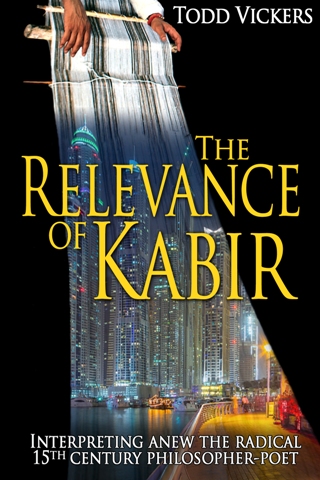
By Sharon Dalzell-Schlotthauer CMT CCHT |
When I say subconscious, I mean that dimly lit dreamy depth in mind where we store snapshots of past events, where actions we learned run automatically. Subconsciously, we don’t need to think about tying our shoes, how to ride a bicycle (once we’ve learned) or what is right and what is wrong in beliefs or behavior. We just react from an already known library of preconceived ideas.
What we do and how we do it can arise today, formed from habitual systems of thought, that some call second nature. Often these are really some of our earliest experiences that are deeply entrenched in the subconscious. Some may be a result of repeated suggestions through advertising that makes its way into our subconscious mind (beginning with the former).
This input is instructing a child’s mind, a mind that is not developed enough to distinguish the difference between say, approval and survival because both may involve intense fear. In actuality, a more developed mind comprehends that disapproval and a threat to life are not, in most cases, the same thing. However, as the child matures, decisions based on ideas, some of which are untrue or half true still exist as a habit of mind and are treated as facts automatically.
The further development or lack thereof concerning the child above is based upon systems of belief that the child treats as facts. Indeed the sub conscious mind does NOT make any distinction between fact , fantasy, a fiction. It’s all experienced in the subconscious, as real , like falling in a dream seems real even though it isn’t. We can also experience feelings arising from a daydream world in our waking life and our bodies treat what we think as fact.
Imagination is not bad, it can conjure something as a starting point for the creation of something no one might think possible, but we bring it to fruition in the physical world. The Wright Brothers proved man could build a flying machine. They first imagined and brought it from the mind into physical reality. We can see the vast potential of the subconscious and conscious mind mingling but past conclusions and fears can prevent such development.
When a body is on auto pilot, hypnotized into a trance through repetitions of mind (like the confirmation bias of advertising) it takes a conscious choice to step out of the habit. A habit can also be born as a result of a sudden intense event producing a traumatic response like PTSD, which greatly diminishes conscious actions and critical thinking.
The attempt to control present events based on questionable beliefs based in the past on some snapshot of a highly charged event, often leads to stagnation in the human experience. We don’t want an overbearing child mind habitually running and directing our adult life.
Decisions based on a child’s notion of survival are stupefying to an adult’s decision making process and our ability to adapt to new circumstances. Remember unconscious beliefs running in the subconscious remain automatic until we consciously engage them. Those beliefs and prejudices keep the adult in check as if she/he were still that child. The fact is that as stated above, decisions based on snapshots of frightening experiences or beliefs will continue to determine an adult’s actions and experience of life. A redundant living is boring but we now have endless entertainments at our fingertips that sooth the captive mind, caught in a fenced childhood yard, even as an adult.
The purpose of creating a trance with hypnosis is to consciously reevaluate both new and old habituated beliefs to create a better map of reality. We consciously view unconscious beliefs and bring new experiences and judgments to those conclusions made either long ago or merely accepted as true because of redundant suggestion. Hypnosis becomes a rescue and a repair operation as we consciously handle what was previously an unconscious memory. We bring awareness of present events and new facts to old beliefs and that changes things. We can let go of a child’s conclusions and adult beliefs too.
A child’s mind is susceptible to fairy tale worlds of dark woods and closets containing scary monsters. Unconsciously this child mind can be manipulated quite easily. Ruthless con artist lie to us to activate our habits of mind and then rip us off because it’s like “taking candy from a baby.”
As a nation hypnotized by advertising that markets us dubious lifestyles based on preconceived notions, we’re repeatedly told what to do, what to like, and what to fear. Hypnosis is tool, like using a thorn to take out that thorn, then throwing both thorns away, realizing that we are actually free of the chains born of poor conclusions.
Entertainment is now more a tool of suggestion than ever before. This is often a redundant simulation of living that misses much of what it’s like to consciously be here. Our vulnerability existing consciously unbound by suggested conclusions keeps us open to what life really offers. We adapt, engage and live more fully. It’s is perhaps a cause for suspicion to consider hypnosis as a means to change one’s own beliefs to something more beneficial because they are more true, meaning more in tune with reality. It’s worth a look. The unconscious or child-mind can also be looked at from many perspectives. A conscious adult who understands the dangers of a subconscious or inner child mind, is in an entirely different position to respond. It’s a matter of making contact with reality consciously.



